You’ve sent out your pitch deck to dozens of investors. You know your product solves a real problem. You’re gaining traction. But the inbox stays quiet.
No reply. No feedback. Just silence.
The truth? You’re not alone. In 2025, investors are receiving more decks than ever before, but engaging with fewer. It’s because most decks never make it past the first impression. The problem isn’t necessarily the quality of your business. It’s that your pitch isn’t landing. Or worse, it’s not even getting seen.
Let’s break down why that happens and how you can fix it.
1. You’re Sending Your Deck Blind
One of the most common mistakes founders make is sending their pitch deck as a PDF attachment, with no way to track what happens next. You hit send, wait a few days, maybe follow up once, and then move on when there’s no response. But here’s the reality: silence doesn’t always mean rejection. It might mean the investor never even opened your email, or glanced at the deck and got distracted.
In 2025, sending decks without tracking is the equivalent of advertising without analytics. It leaves you in the dark, guessing who is interested and who isn’t. The solution? Use a tool like Pitchwise, which shows you exactly who opened your deck, how long they spent on each slide, what they skipped, and whether they came back to it. This isn’t just about ego metrics, it’s actionable insight. It helps you know when to follow up, and with whom.
2. Your Story Isn’t Clear Enough, Fast Enough
Investors spend an average of 2 minutes and 45 seconds reviewing a deck. That’s it. If your narrative doesn’t land quickly, you’re likely losing their attention before they ever get to your traction.
Many founders make the mistake of leading with abstract mission statements or long-winded backstories. While your passion matters, investors are looking for clarity and conviction. What problem are you solving? Who’s experiencing it? Why now? What proof do you have that this solution is working?
Your opening slides should grip the reader and make them want to know more. If they don’t, the deck gets closed and the opportunity disappears with it. Think of your deck as a story, but a story told with discipline. Clarity beats cleverness every time.
3. You Designed a Slide Deck, Not a Communication Tool
Here’s the uncomfortable truth: most startup decks are too long, too text-heavy, or too vague. Founders fall into one of two traps. Either they create a dense 25-slide manifesto with no breathing room, or they strip it down to 5 generic slides that say almost nothing.
Neither works.
Investors aren’t looking for a pitch that dazzles them with aesthetics alone, they’re looking for coherence. Every slide should answer a key question: is this team solving a real problem in a scalable way, and do they have the proof to back it up?
Slides overloaded with jargon, technical detail, or buzzwords will not help you stand out. In fact, they’ll do the opposite. Your design should support your story, not drown it. Use visuals where they help, remove anything that doesn’t.
4. You’re Following Up in the Dark
You sent your deck. A week goes by. You send a quick follow-up: “Just checking in to see what you thought?” No reply. Do you send another? Give up? Circle back in a month?
The biggest issue here is timing. Without knowing whether your deck was opened, when it was viewed, or how deeply it was read, you’re guessing. And guessing leads to awkward follow-ups and missed opportunities.
Pitchwise solves this by letting you know exactly when engagement happens. If an investor opens your deck again after three days, that’s your moment. If someone shares it with a partner and it gets multiple internal views, that’s a signal to act. Follow-up isn’t annoying when it’s timely and informed.
Fundraising isn’t just about telling your story. It’s about knowing when your story is being heard, and responding accordingly.
5. You’re Treating Every Investor the Same
Not all investors are looking for the same thing. A climate-focused fund won’t evaluate a logistics startup the same way a fintech angel will. Yet many founders use one deck, one email, and one approach for every single outreach.
This one-size-fits-all strategy is one of the fastest ways to be ignored.
The solution is nuance. Tailor your deck to the investor’s thesis. Emphasise what they care about most. That might mean adjusting your traction slide, market slide, or team composition slide depending on who you’re speaking to. With Pitchwise, you can send versioned, trackable links to different investors and see which messages resonate best.
When you track which decks are performing, you’re not just pitching smarter. You’re learning what your market wants.
Final Thoughts: Insight > Vibes
Your startup might be brilliant. Your team might be world-class. Your traction might be real. But if your deck doesn’t communicate that clearly — and if you’re not tracking who’s actually engaging — you’ll stay stuck in a cycle of guesswork.
It’s time to change that.
Pitchwise helps African founders raise smarter. From deck tracking to engagement signals, it gives you the clarity to act, improve, and close.
If you’re ready to stop guessing and start raising with insight, get started here: https://app.pitchwise.se




%20.png)



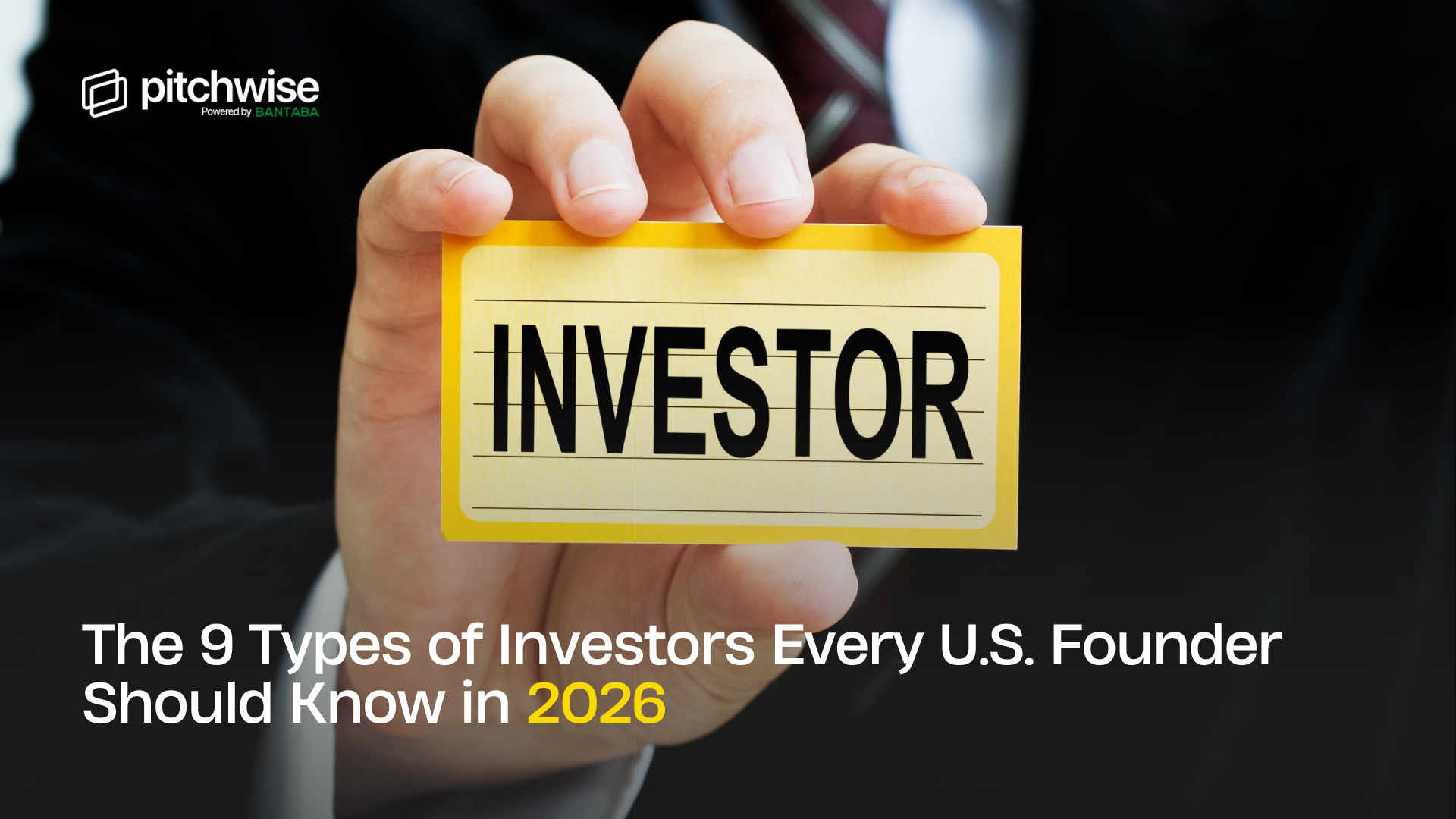


.png)


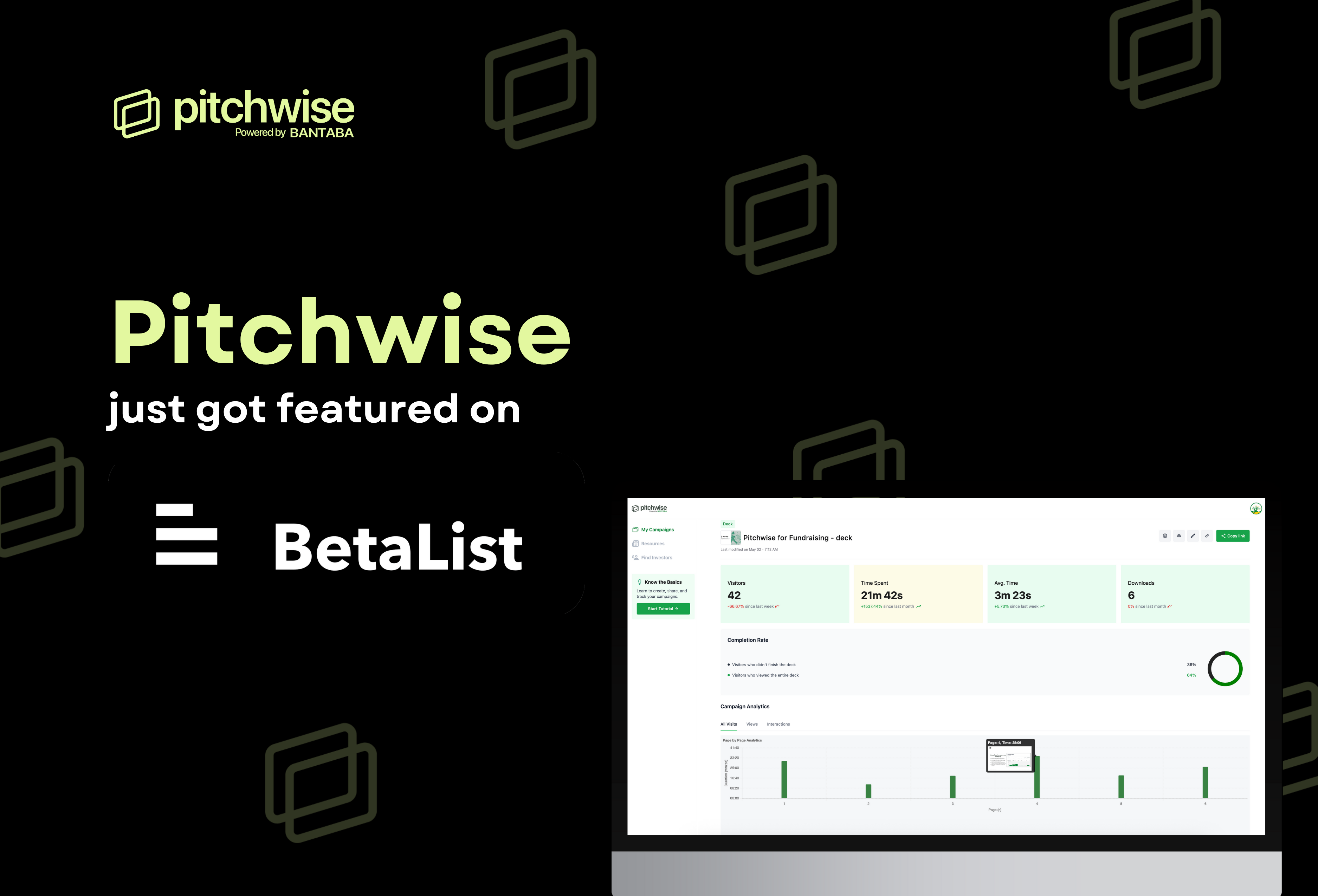



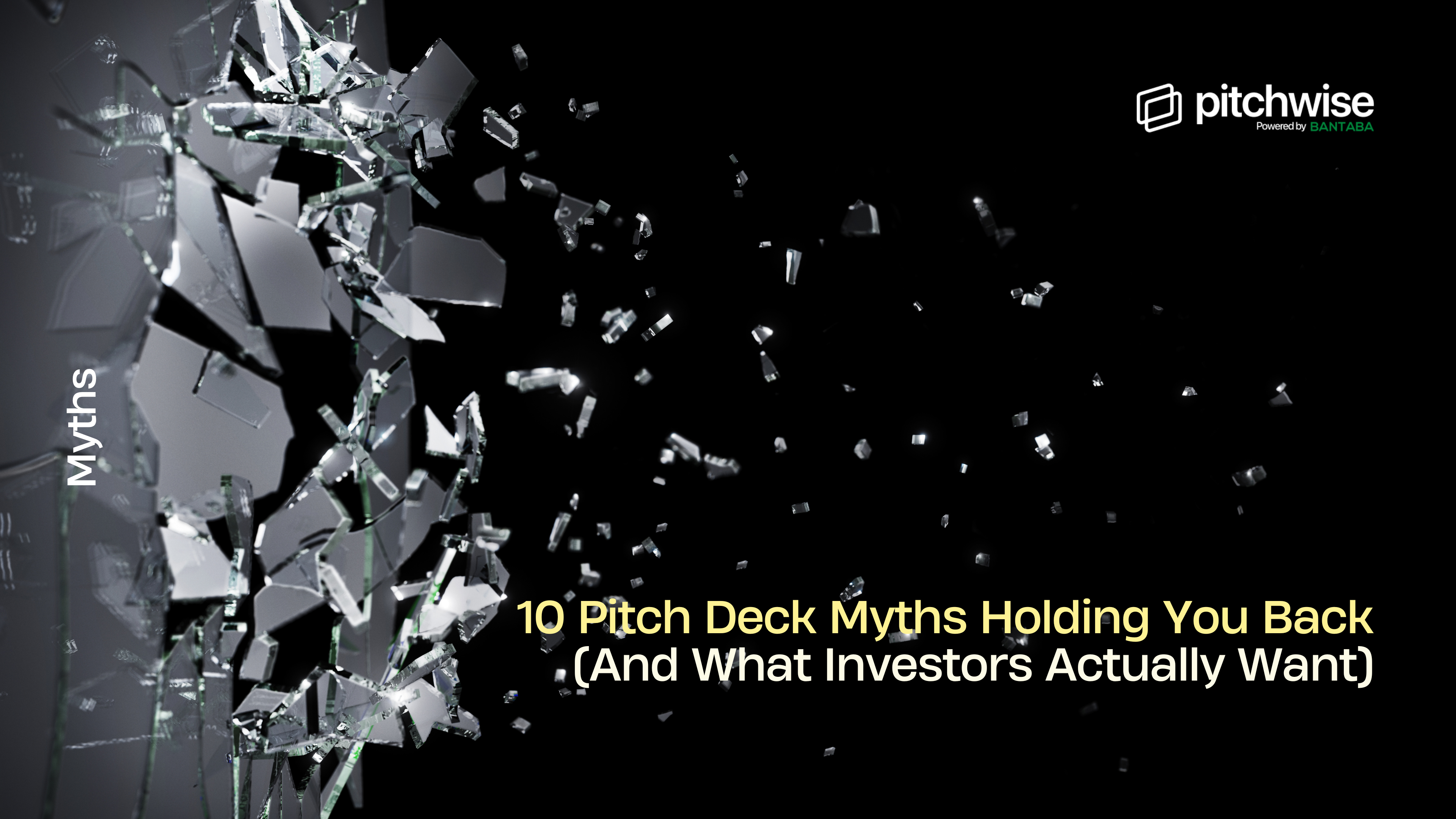

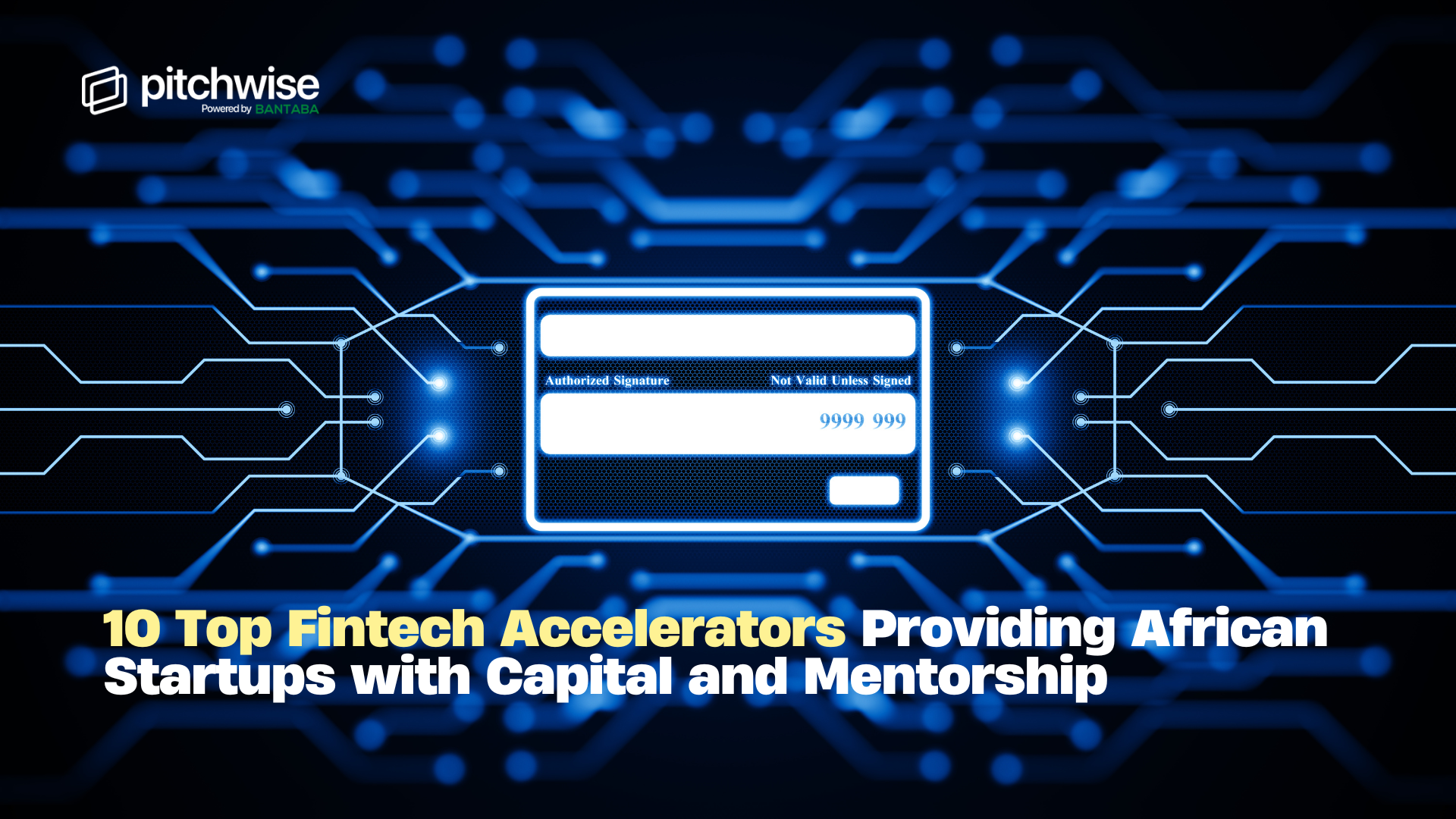
.png)
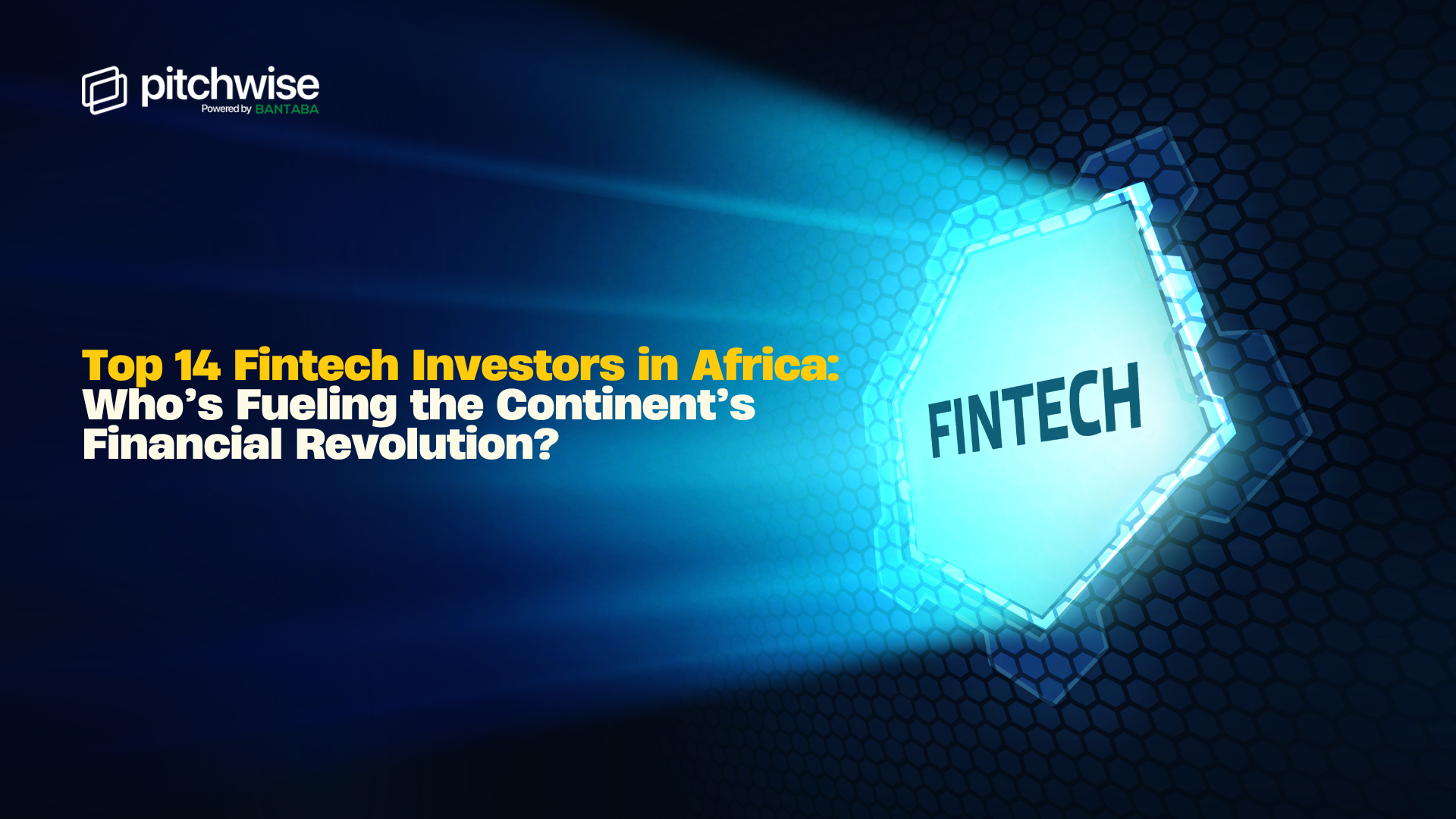
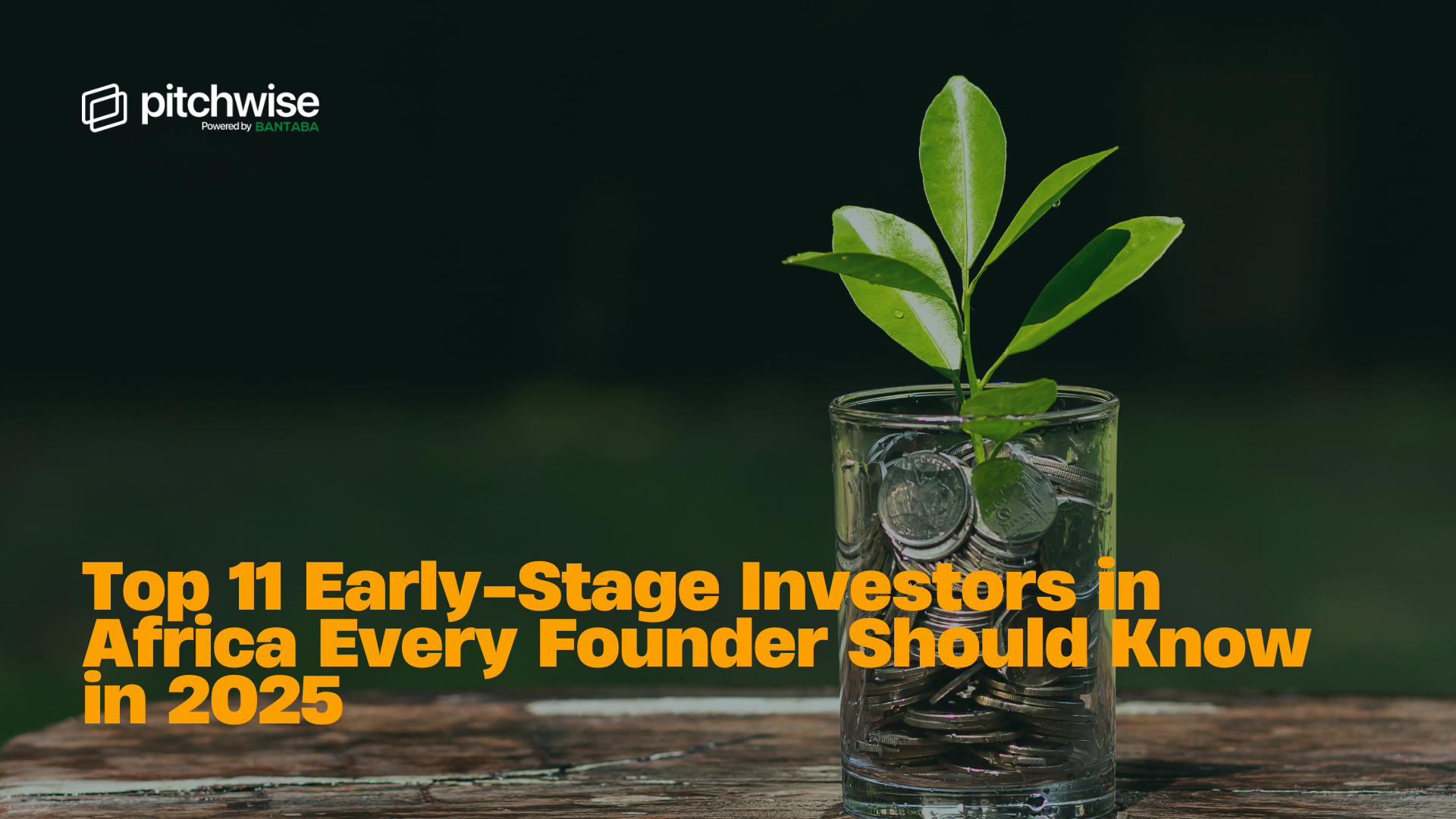
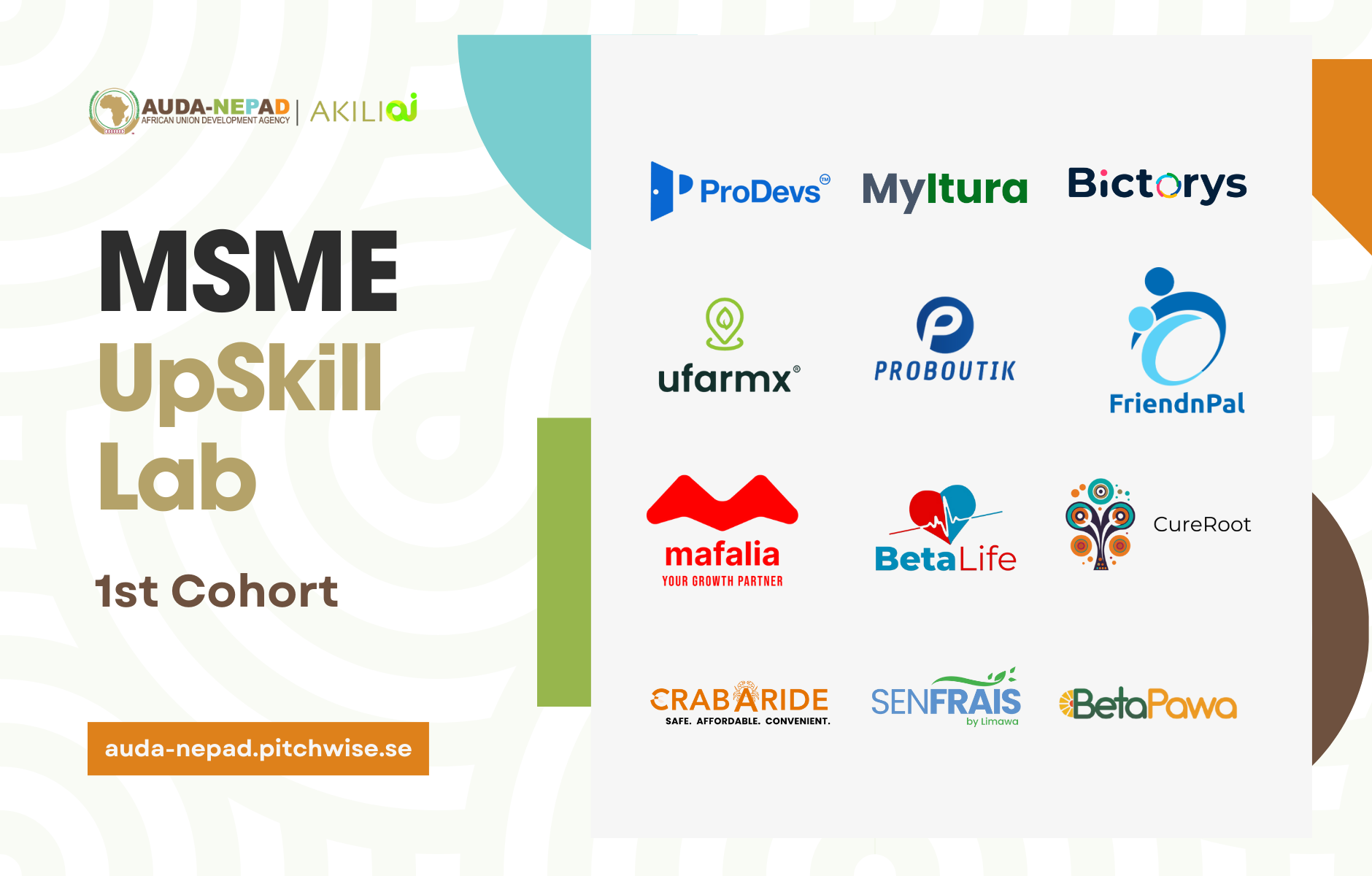





.png)
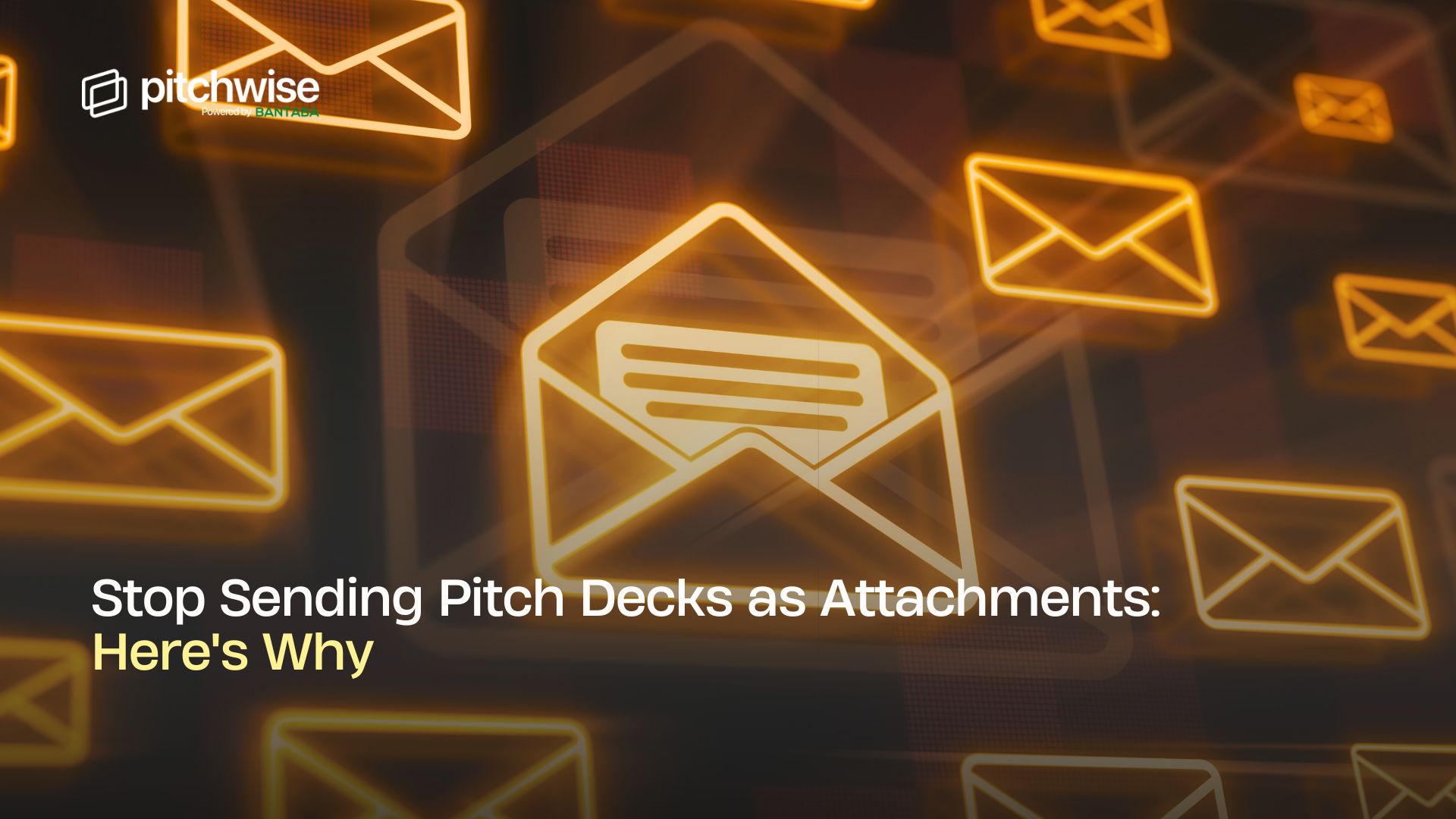

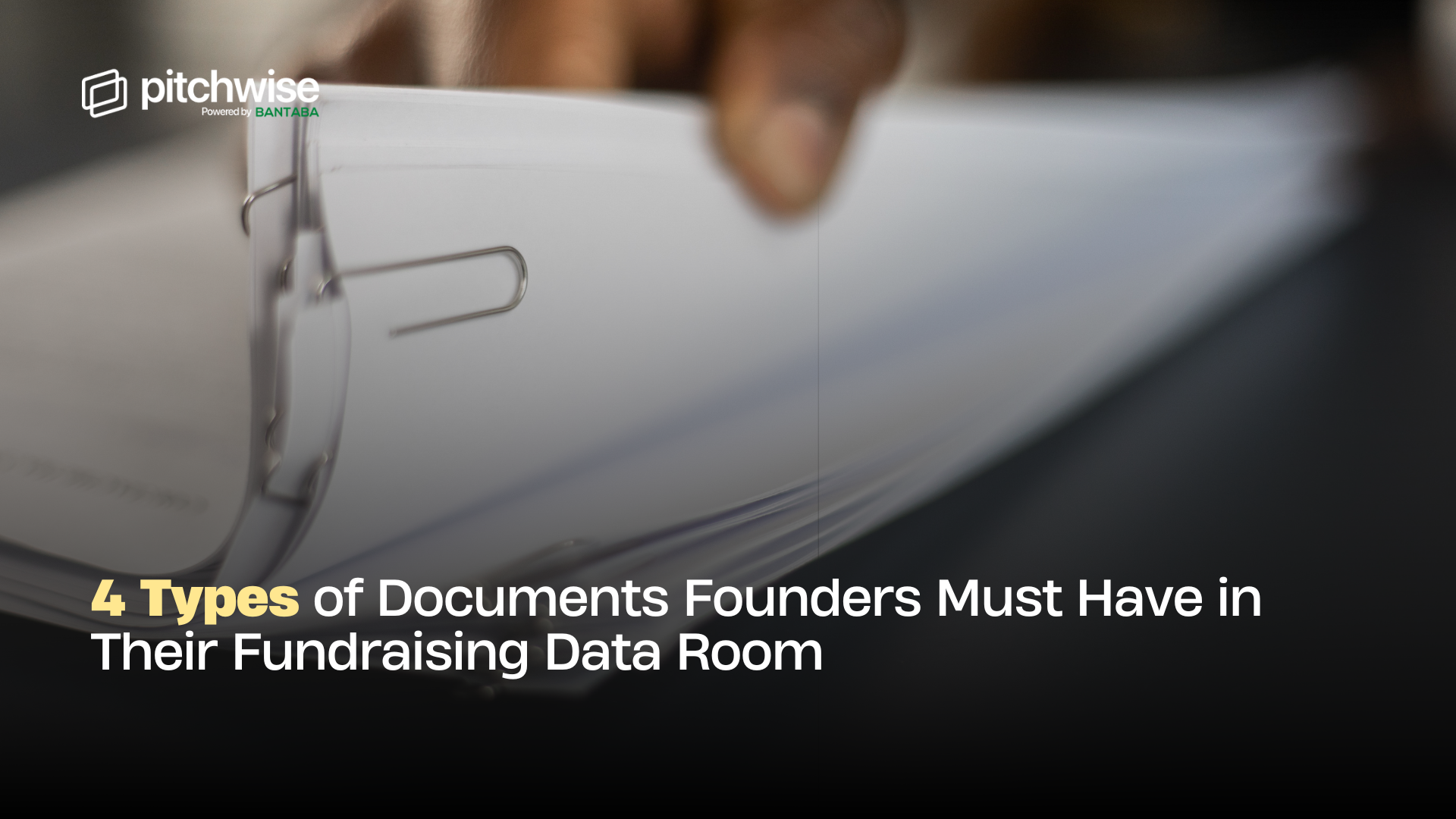
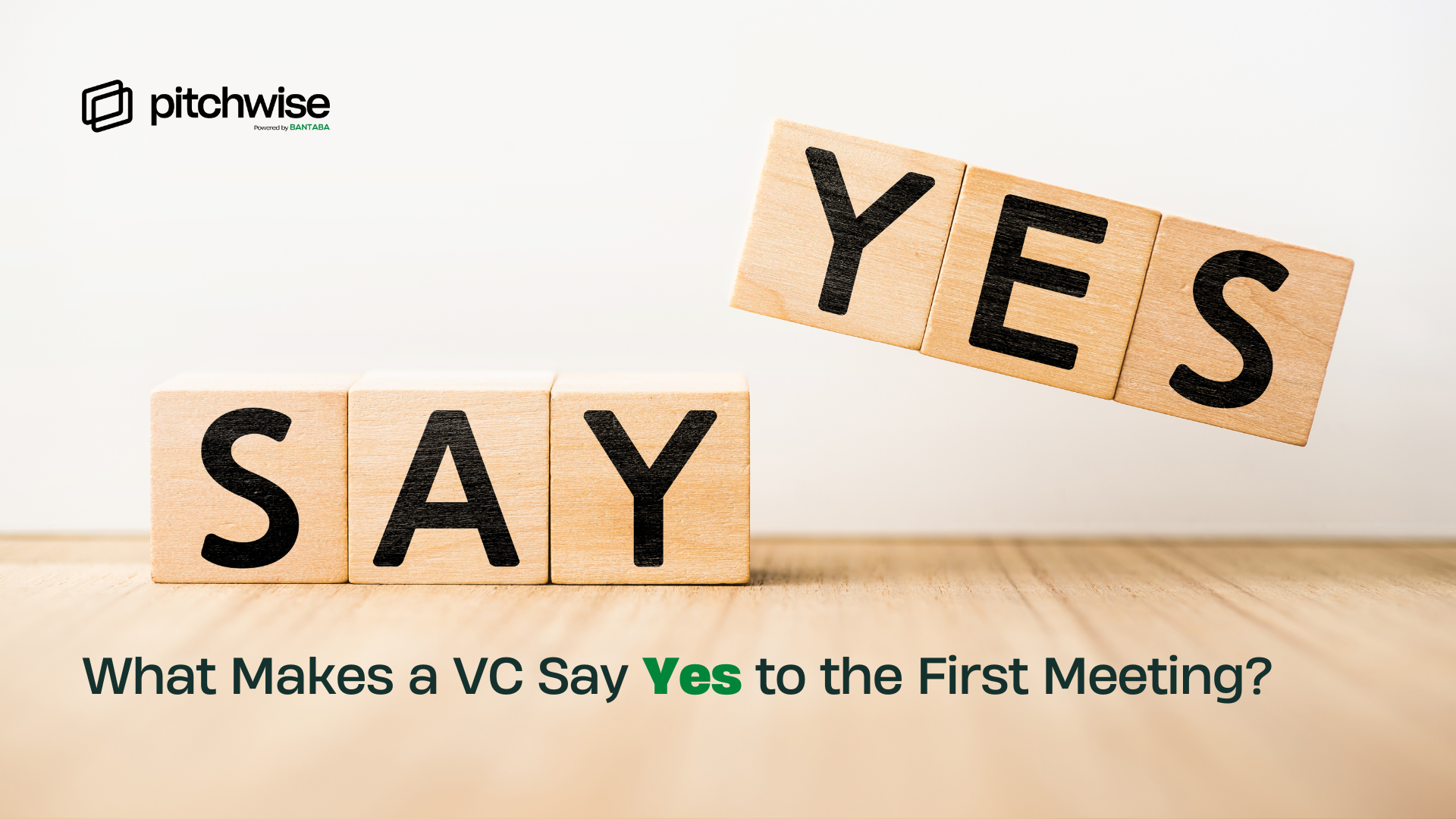
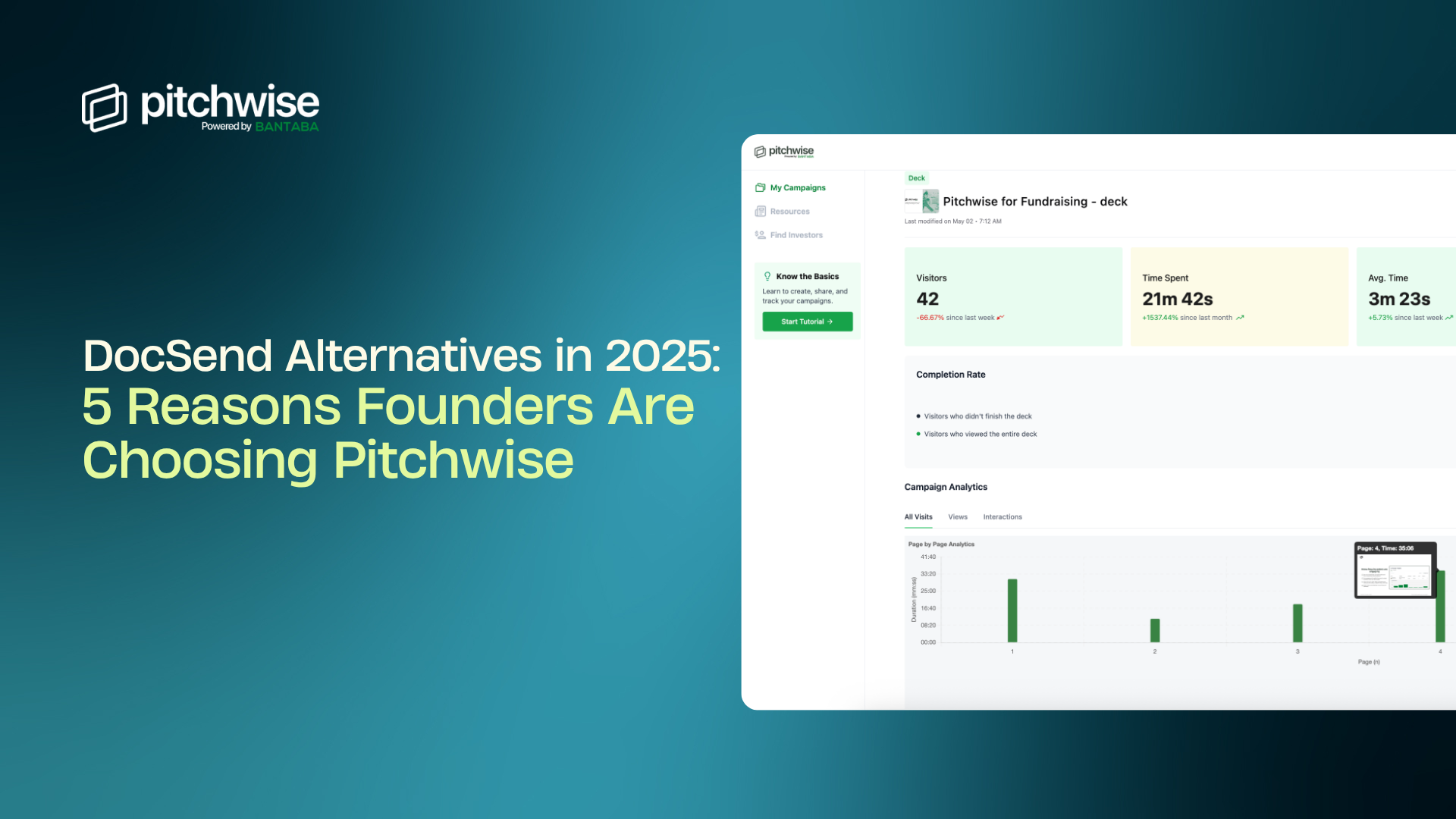










.png)

.png)



.png)
.png)


.png)
.png)



















